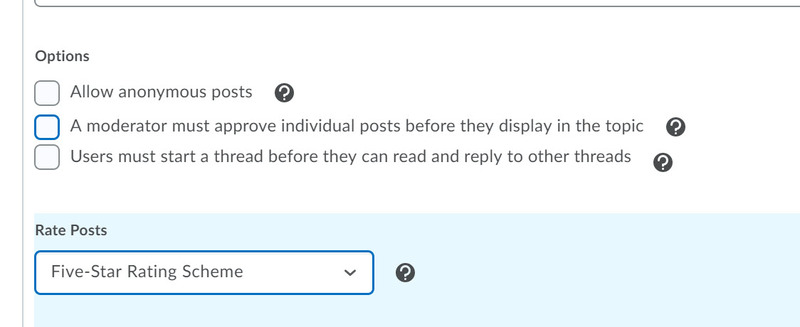e-Learning Ecologies MOOC’s Updates
Learning Management Systems
A learning management system (LMS) is broadly defined as "a software application for the administration, documentation, tracking, reporting, and delivery of educational courses, training programs, or learning and development programs" (Wikipedia, http://en.wikipedia.org/wiki/Learning_management_system). The LMS is the core infrastructure for online learning, and often supplements face-to-face teaching. The LMS is a tool that can foster ubiquitous learning by eliminating the walls of the classroom and removing the barrier of time.
While many of us associate the LMS with the rise of the Internet in the 1990s, the first adaptive teaching machine, SAKI, was developed in 1956 (http://teachingmachines/2018/08/08/update). The University of Illinois started PLATO I in 1960, which led to developments such as message boards, picture languages, online testing, and computer games (see https://www.coursera.org/learn/elearning/lecture/qyH5a/can-education-lead-technology-the-plato-story)
The illustration below (https://www.promptcloud.com/blog/open-source-learning-management-system/) depicts the features of a typical LMS. The LMS is seen as a hub that facilitates learning. It can host content directly (lectures, journal articles, media, etc.), but also link out to other content. A suite of tools for communication, assessment, and engagement are included. LMS are typically mobile-ready and designed to support ubiquitous learning in synchronous and asynchronous environments.
LMS serve as an example of how technology is not necessarily transformative. While the illustration above situates the LMS within recursive practice, there is nothing inherent to the LMS that makes this happen. An instructor can easily replicate the didactic model by using the LMS to serve content (e.g., recorded lectures, e-textbook) to students while relying solely on summative assessment (e.g., quizzes, tests). To take full advantage of the potential of a learning management system requires a different approach to teaching that privileges formative assessment and peer-to-peer feedback.
The example below shows one way that an instructor can incoporate peer-to-peer interaction within a LMS. The screenshot is from D2L, and shows configuration options for a group discussion. Note that the instructor can set certain conditions for the discussion, and can give students the option to rate posts. If I choose Five-Star Rating Scheme, I could attach a rubric with criteria for how students should assess their peers' posts, allowing for formative assessment.
While many of our LMS (Blackboard, D2L, Moodle, etc.) have incorporated new tools and options meant to foster recursive practice, they remain siloed as discrete categories within the system. Having served in a support role for Blackboard at my insitution for 9 years and by teaching courses in Moodle and D2L, my personal observation is that LMS are often counterintuitive to students and faculty alike. The learning curve can be steep, and that surely plays a role in why some instructors do not adopt the educational tools embedded in these systems.
I am optimistic that tools designed for education (like Scholar) will help us to shift the way that we think about teaching and learning. In the meantime, I encourage my colleagues to learn as much as possible about their current LMS so they can leverage the tools in them that can improve learning for our students.




Very interesting, @Sara Manus! As you say, technology is not necessarily transformative. It`s not technology itself, but the pedagical shift also.
I recommend you put the links below instead of the text, to make it more fluid.
Cheers!